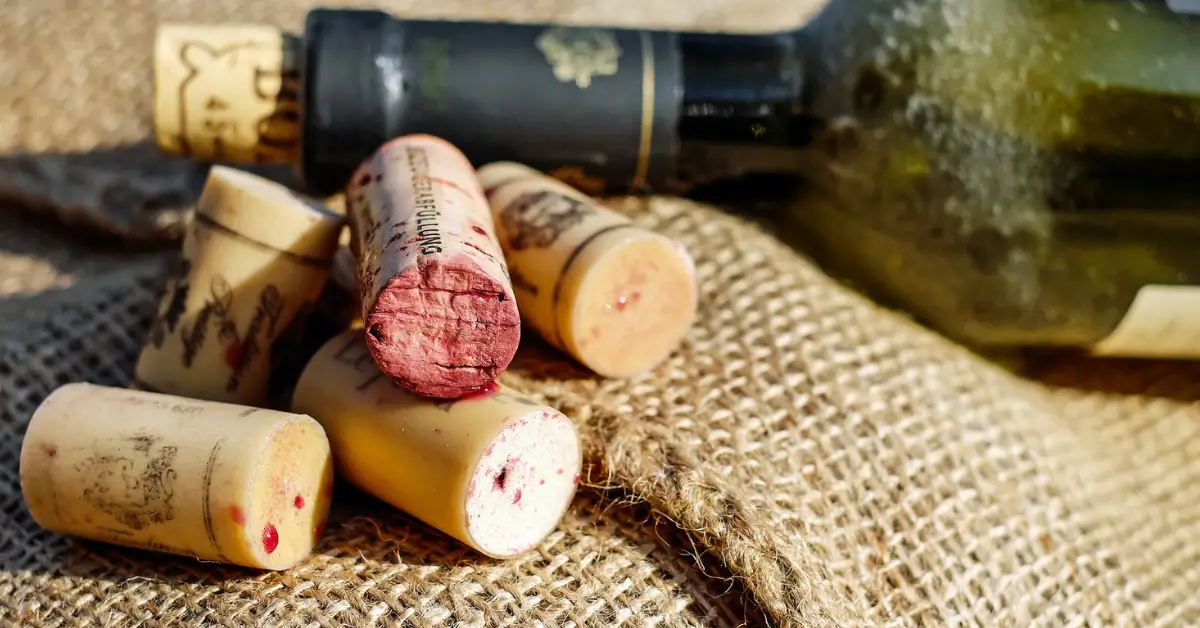Bamboo is often portrayed (mainly by people trying to sell it…) as one of the most sustainable materials out there – almost as if it has no environmental impact whatsoever. From a completely impartial point of view, is bamboo sustainable? Or are we being misled by bamboo toothbrush and t-shirt sellers?
Firstly, what even is bamboo?
You may assume it is a tree due to its sheer size and strength. Believe it or not, it is actually classed as a grass! It is part of the Bambusoideae subfamily of the perennial evergreen grass family Poaceae (Gramineae). There are over 1,500 identified species in 111 different genera. They are a lot more diverse than most people think and grow on 5 different continents – Africa, Asia, South America, North America and Australia – in different climatic conditions.
Why is bamboo sustainable?
Bamboo grows quickly
Bamboo is renewable. But not only that – it grows insanely quickly. Blink and you’ll miss it. In optimal conditions it can grow a meter in 24 hours and can become fully grown in as little as 3 years. These are quite incredible figures when you compare them to trees – trees can take decades to reach their maximum height. It is obvious why bamboo is such a top choice in terms of renewability.
Bamboo is biodegradable and can be composted (usually…)
Bamboo is biodegradable – it can be broken down naturally by micro-organisms such as bacteria. However, the length of time it takes to break down completely largely depends on the conditions and what form the bamboo is in. A t-shirt made with pure bamboo fabric will biodegrade quicker than, say, a toothbrush.
Composting is a great way to dispose of organic waste – it diverts items from landfill whilst creating a rich fertilizer for your garden. Bamboo leaves, stems and products made from bamboo can all be composted. Fresh bamboo is classed as a ‘green’ nitrogen-rich ingredient. Dried leaves or stalks will be classed as ‘brown’ materials – they are rich in carbon.
However, as with most composting items, there are some caveats! Bamboo is often combined with other materials in products. If it is blended with a synthetic material, this will not breakdown. Chemicals can also be added – to avoid contaminating the pile with potentially nasty substances, it is recommended you avoid adding these.
Bamboo is durable – not as many replacements are needed
Bamboo can be a very long-lasting material if cared for correctly. In terms of its ‘green’ credentials this is key. As well as saving you a bit money, this is positive in terms of environmental impact. Long lasting goods means that resources used and waste produced will be minimized. However, as mentioned, the correct care will be needed to increase its longevity. Follow the care guidelines to the letter to keep it at its best for longer.
Its not all good news…
There is no doubting that, on paper, bamboo looks a highly sustainable proposition. However, its increasing popularity has led to a negative impact on the environment.
Natural forests are lost to make way for bamboo
Although bamboo is grown in lots of locations across the world, it is primarily grown for commercial use in China. Farming is one of the leading causes of deforestation – and the increased demand for bamboo has contributed to this. This leads to a whole host of environmental concerns. As well as the more obvious, such as loss of biodiversity, it is also said to contribute to climate change and soil erosion.
Chemicals are used in production
Due to the increased demand for bamboo, many farmers have adopted the ‘monocropping’ method. Instead of rotating the crops, the same crop is grown on the land continuously. It is often stated that bamboo requires no chemical pesticides. However, the monocropping method attracts a high number of the pests that love to feast on bamboo. And who can blame them? Their favorite target species is all in the one place! To combat this, farmers use chemical pesticides to fend them off. But this, of course, comes with significant environmental impacts.
Monocropping can also have a significant impact on the nutrient content of the soil. All the nutrients that bamboo take from the soil will be diminished over time. This is where fertilizers come in. They are added by the farmer to provide a more favorable environment for the crop to grow. Unfortunately, chemical fertilizers have similar impacts on the environment as pesticides.
The bottom line
Like most eco-friendly materials, when it reached the mainstream, the ‘green’ credentials of bamboo decreased somewhat. To keep up with demand, simply more space is needed to produce more bamboo and this, inevitably, leads to clearing of land and loss of biodiversity. Admittedly, bamboo isn’t perfect – but nothing is. But when deciding if something ticks the sustainability box, comparing it to other alternatives is a key consideration. Given the choice between other choices, such as plastics or cotton, we’d still choose bamboo every time.







